Nagoya City Guide: Nagoya has a lot to offer. It is a convenient location, with important history, skilled craftsmanship, and unique food, a multifaceted city, minus the crowds.
Japan’s 4th most populous city is a centre for industry and export. And even though it lies on the so-called 'Golden Route' between Tokyo, Kyoto, and Osaka, foreign visitors usually don’t bother getting off the train to learn more about it.
In this Nagoya city guide, Nagoya resident Lena Yamaguchi shares a few ideas of why you should get off the train, and how to make the most of your time here...
Download a PDF of this Guide:
Nagoya City Guide: What Is Special About Nagoya?
by Lena Yamaguchi
Nagoya City Guide: Introducing Nagoya
With 2.3 million people, Nagoya is the 4th populous city in Japan, after Tokyo, Yokohama, and Osaka. It is the main city of Aichi Prefecture and because of its harbor, airport, and train station it is an important transportation hub.
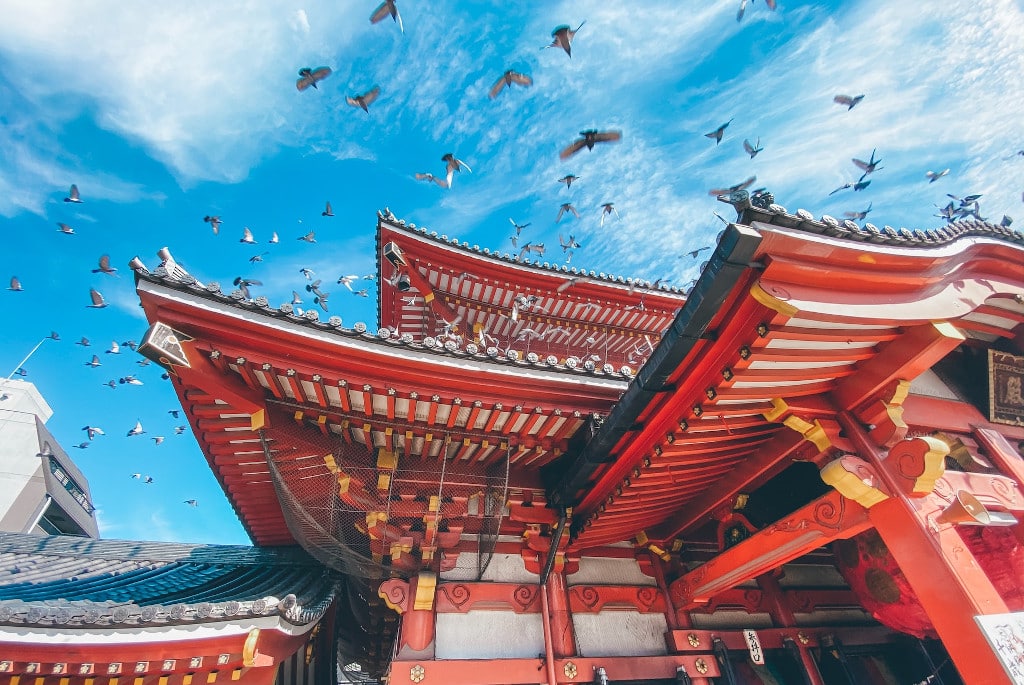
Ōsu Kannon, a Buddhist temple of the Shingon sect, is located central Nagoya
Nowadays Nagoya is mainly known as an industrial city, the birthplace of automobile giant Toyota and home to other corporations in the automotive, aircraft, and machine tool industries.
But it’s really the contrast that makes Nagoya interesting. For hundreds of years, it has been a region of power struggles between warring Samurai lords, and cultural and artisanal developments in peace times.
SEE ALSO: What To Eat In Nagoya: Top 5 Delicious Local Dishes
Where is Nagoya?
Nagoya is a city in Aichi Prefecture about halfway down the Pacific coast, on Japan’s main island, Honshu. It sits between Tokyo to the east, and Osaka to the west. Kyoto is just a one and a half hour train ride away.
The Climate in Nagoya
CURRENT WEATHER
Nagoya has a humid subtropical climate with hot, humid summers and cool winters.
The climate is generally similar to the other big cities such as Tokyo, and Osaka but temperatures and humidity in the summer between July and September tend to be a little higher.
The wettest months are generally June and July, the rainy season, as well as September and October, which is the typhoon season.
Winters between December and February are cool but generally don’t see snow that much.
VIDEO: Cool Nagoya
When to Visit Nagoya City
The best times to visit Nagoya are in spring between March and May when temperatures are warm but not too hot and the weather is dry. Late autumn to early winter in November and December is also great. These are also seen as the most beautiful seasons, spring during the cherry blossom and other flower seasons, and late autumn for beautiful foliage.
But any other time of the year also has its charms with seasonal events and festivals and an ever-changing nature in parks and gardens around the city.
What To Do In Nagoya: Seasonal Events and Festivals
Early spring first sees the blooming of plum blossoms (February), followed by cherry blossoms (March-April), then wisteria (May), and hydrangea flowers (June). Spring festivals in Nagoya and its surroundings are another reason to visit during this season.
In summer fireworks displays and summer festivals such as the Sea Bream Festival in Toyohama, and the Yosakoi dance festival Domannaka Matsuri takes place.
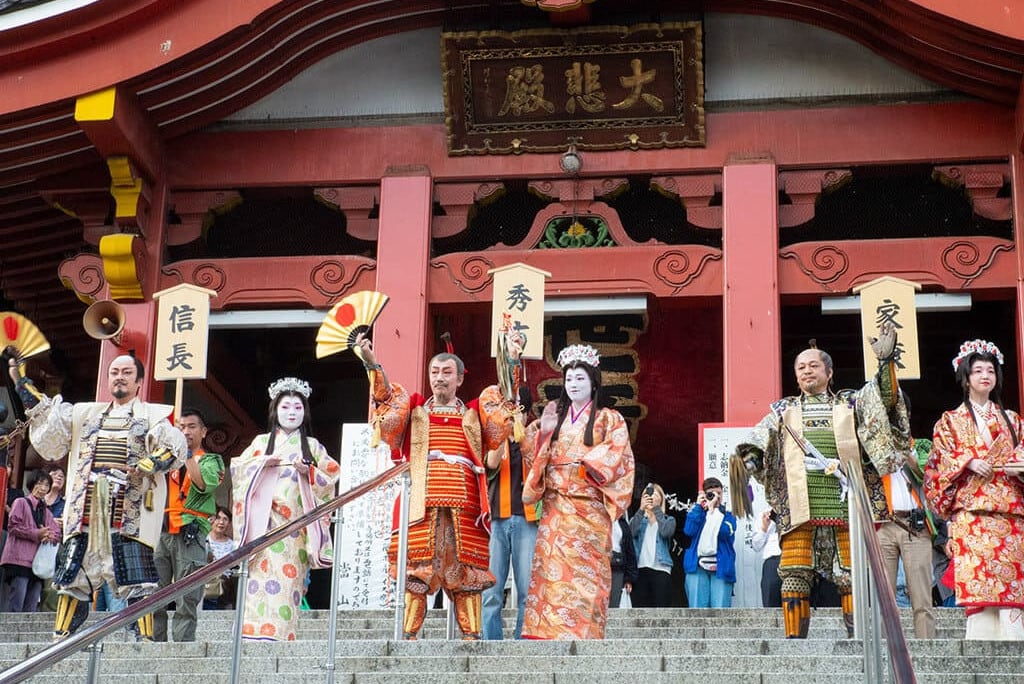
The annual Nagoya Festival is held in mid-October in the central Hisaya Odori Park in Sakae | Photo: Elisabeth Llopis @ellpcreative
Late autumn features foliage at many parks and gardens in the city and autumn festivals such as the Nagoya Festival draw crowds. Winter has countless illumination events creating a romantic atmosphere throughout the city.
Nagoya Travel Guide: How to Get Around
Nagoya is a convenient city to travel around in. The city centre is quite compact and exploration on foot as well as via rental bicycle are possible.
To get to different spots around the city using the subway or buses is another great option. And a tourist route bus called Meguru is also available for only 500 yen.
Top Attractions in Nagoya
Nagoya Castle
Originally constructed during the Edo Period, Nagoya Castle is often listed as the main tourist draw for Nagoya. And it really is a beautiful castle to visit. Especially if you want to see the splendour in which the Shogun and local lords used to live.
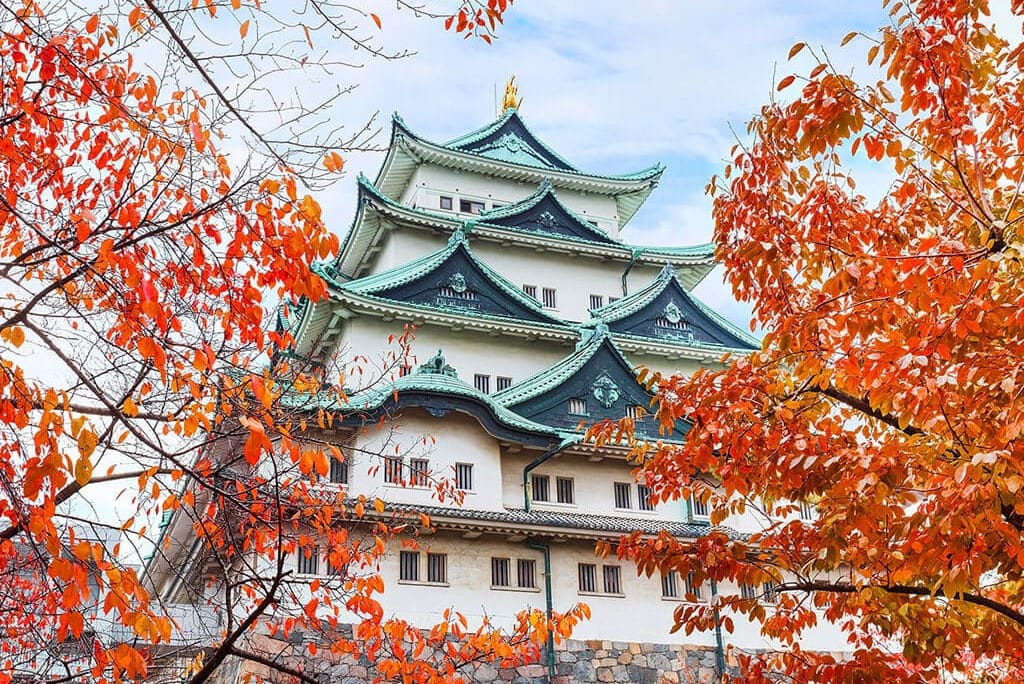
Nagoya Castle is worth visiting any time of the year, but looks spectacular in autumn | Photo: Elisabeth Llopis @ellpcreative
The palace, a one-story wooden structure with exquisite golden wall paintings and wood carvings was only recently reconstructed based on the original plans, and the keep is scheduled to be returned to its former glory in the years to come.
Arimatsu
A great example of local craftsmanship is Arimatsu Narumi Tie-dying which is used to dye fabrics such as hand towels, fabric for Kimono, and nowadays western clothing and even face masks.
You can learn about this craft at the Arimatsu Tie-dying Museum or by joining one of many workshops in the town of Arimatsu, a picturesque place located on the old Tokaido road between Tokyo and Kyoto which still keeps most of its traditional charm.
Shirotori Garden
Shirotori Garden is a traditional Japanese garden, an oasis of tranquility that offers you an escape from the bustling city.
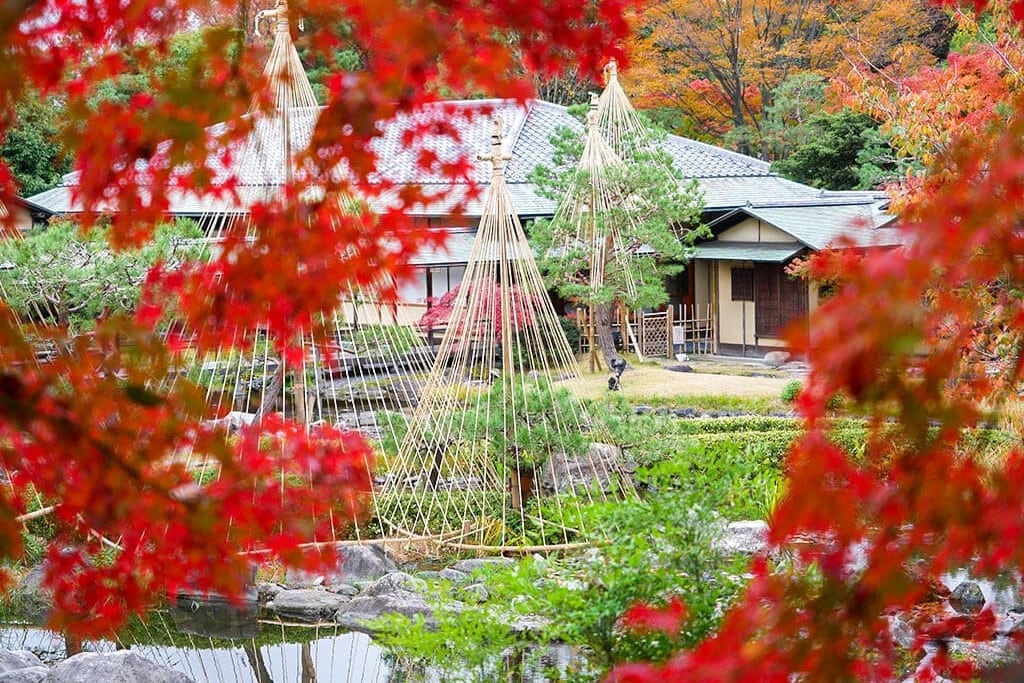
Shirotori Garden's design includes a tea ceremony house in the centre | Photo: Elisabeth Llopis @ellpcreative
As in many other Japanese garden designs, there are several elements representative of the nature and geography of the surroundings. Shirotori was created to represent the Central Japan region with low hills representing mountains and streams representing the main rivers flowing into the sea.
Toyota Commemorative Museum of Industry and Technology
As mentioned above, Nagoya is home to the automotive giant Toyota.
By visiting this museum you can learn about the beginning of Toyota as a textile manufacturer in the late 20th century bringing forth many innovations to looms. As well as the history of the automobile industry in Japan through the development of the first cars by Toyota.
Atsuta Jingu
Checking out shrines and temples is an integral part of many trips to Japan. Aichi prefecture actually has the highest number of shrines and temples in the country, more than even Kyoto.
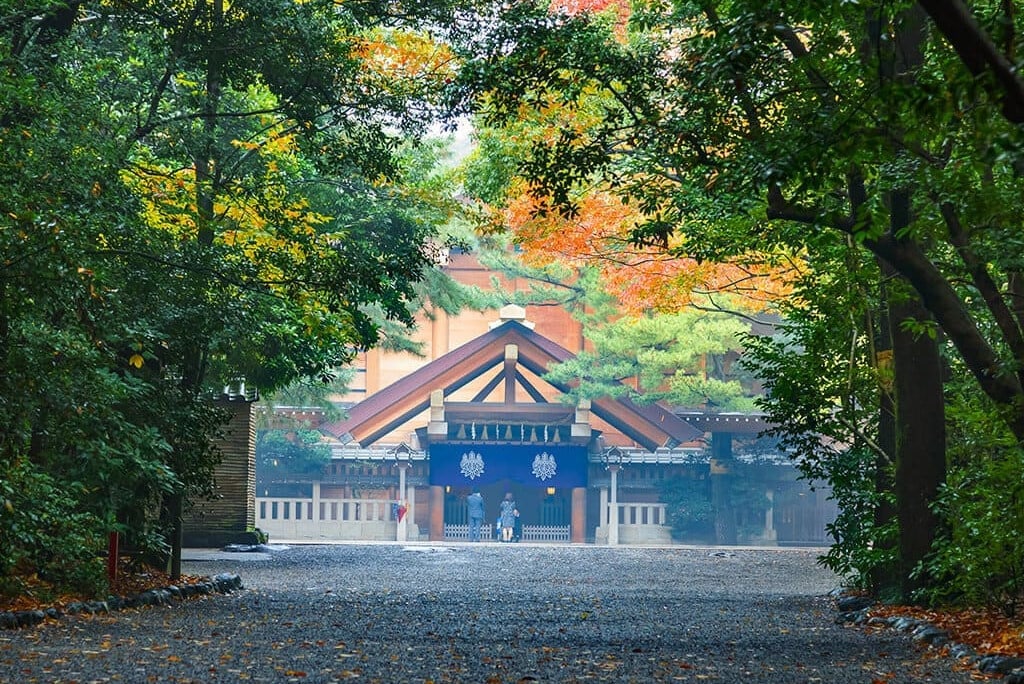
The sword Kusanagi-no-Tsurugi, one of the Imperial symbols, was enshrined in Atsuta Jingu around 1,900 years ago | Photo: Elisabeth Llopis @ellpcreative
One of the most revered shrines in Japan is Atsuta Jingu which houses the sword Kusanagi no Tsurugi, one of the emperor’s three regalia. This shrine is located in the heart of Nagoya, and it is a spiritual place that shouldn’t be missed while in Nagoya.
Osu Shopping Streets
Street food, bargain shopping, and pop culture all come together in one place in Nagoya: The Osu Shopping Streets.
This network of shopping arcades is where the youth of Nagoya hang out, but Instagram-worthy street food, second hand clothing shops, and electronics stores. It also has a surprisingly rich history with many temples and shrines strewn into the mix.
Legoland
If you visit Japan with young children they will love spending a day at Legoland. Attractions inside the park include gigantic models of famous places in Japan such as Mount Fuji, Tokyo, and Kyoto built from millions of Lego blocks.
You can also learn how Lego bricks are manufactured, build your own Lego models and enjoy some kid-friendly rides. Of course, there are countless restaurants serving kid-friendly food, and shops where you can buy Lego sets.
Legoland features in our guide to Top 10 Most Popular Activities in Japan.
SCMAGLEV and Railway Park
If trains are your thing, then you need to visit the SCMAGLEV and Railway Park. It's one of the finest train museums in the whole of Japan.
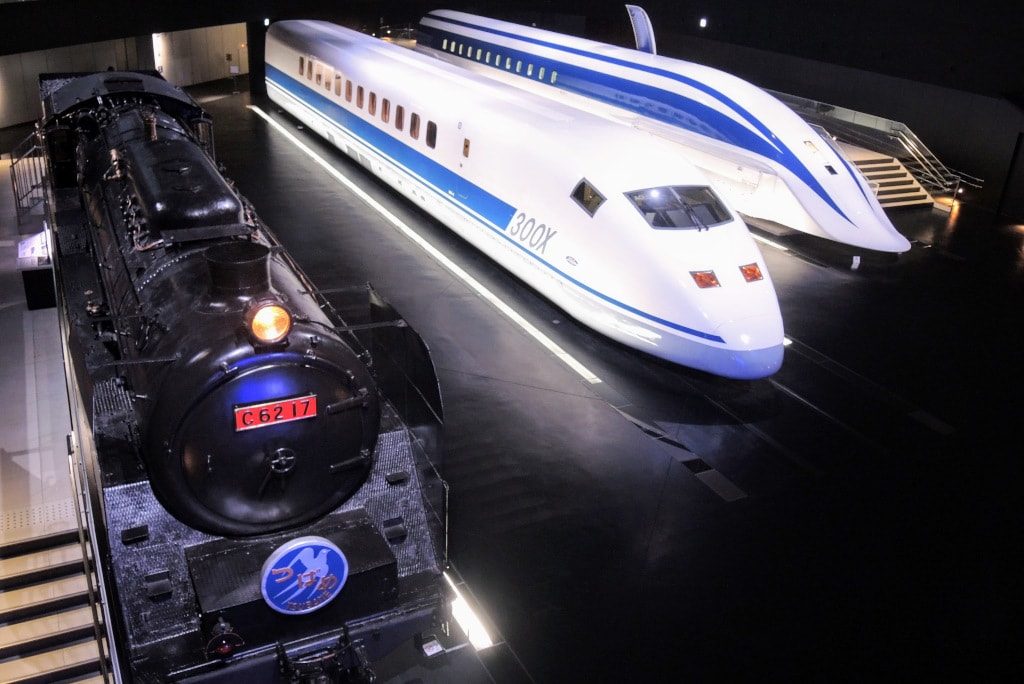
Nagoya's impressive SCMAGLEV and Railway Park is a must for anyone with even a passing interest in the history of trains in Japan
Here you'll find rolling stock of dozens of trains, spanning Japan's history of railway technology, from steam powered locomotives, through the evolution of the famous bullet trains and to the latest maglev floating electric trains.
All this is housed inside a vast building that, when viewed from the side, is cleverly shaped like a stylised shinkansen. Very cool!
RELATED: Tōkaidō Shinkansen Travelling Through Nagoya Station
Grand Sumo Tournament
Japan's national sport sumo has a home in Nagoya. Every year there are six Grand Sumo tournaments (or basho). Half take place in Tokyo, the remainder are spread across Japan. Nagoya plays host to the summer basho every July.
Nagoya sumo tickets – best seats & experiences
If you' looking for Nagoya sumo tickets and experiences, with a lowest price guarantee, you need to check out my guide: Nagoya Sumo Tickets – Best Seats & Experiences. It includes everything from premium seating to behind-the-scenes tours and more.
Food in Nagoya
No Nagoya city guide would be complete without a special mention of its food culture including dishes found nowhere else in Japan. (You should also read: What To Eat In Nagoya: Top 5 Delicious Local Dishes - you'll be glad you did!)
Hitsumabushi
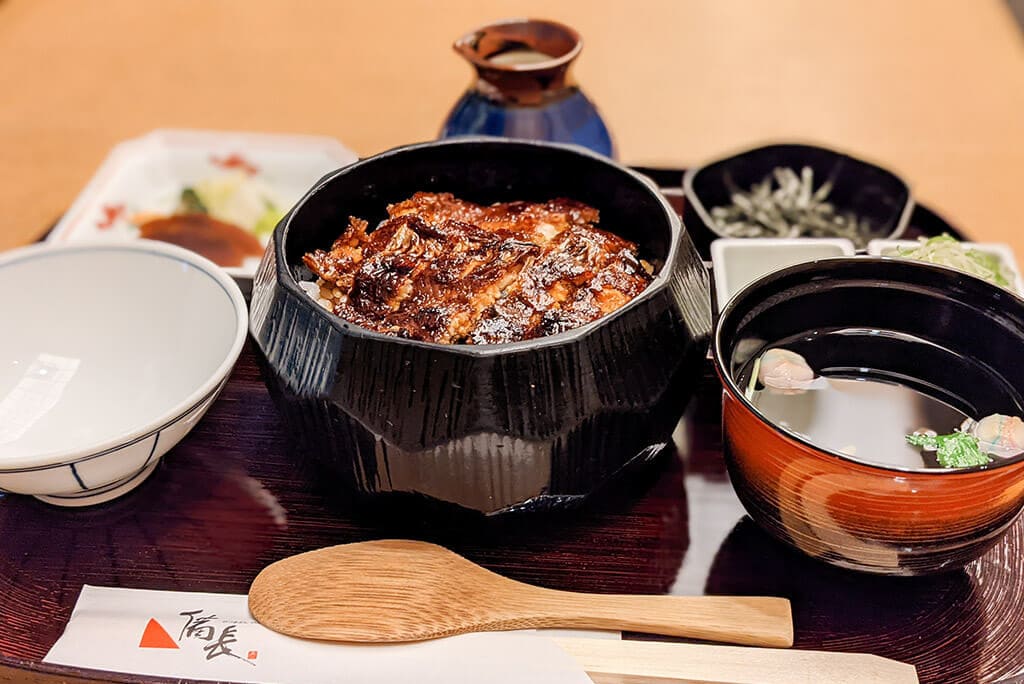
Hitsumabushi is Nagoya's signature dish and includes grilled freshwater eel and is eaten in a unique way | Photo: Elisabeth Llopis @ellpcreative
The dish Hitsumabushi is made from Japanese freshwater eel, grilled over charcoal, dipped in a sweet soy sauce-based sauce, and then topped on rice. But what makes this meal so special is the ritual with which people eat it. You divide it into four servings adding different condiments and even broth to change the flavour every step of the way.
Miso Katsu
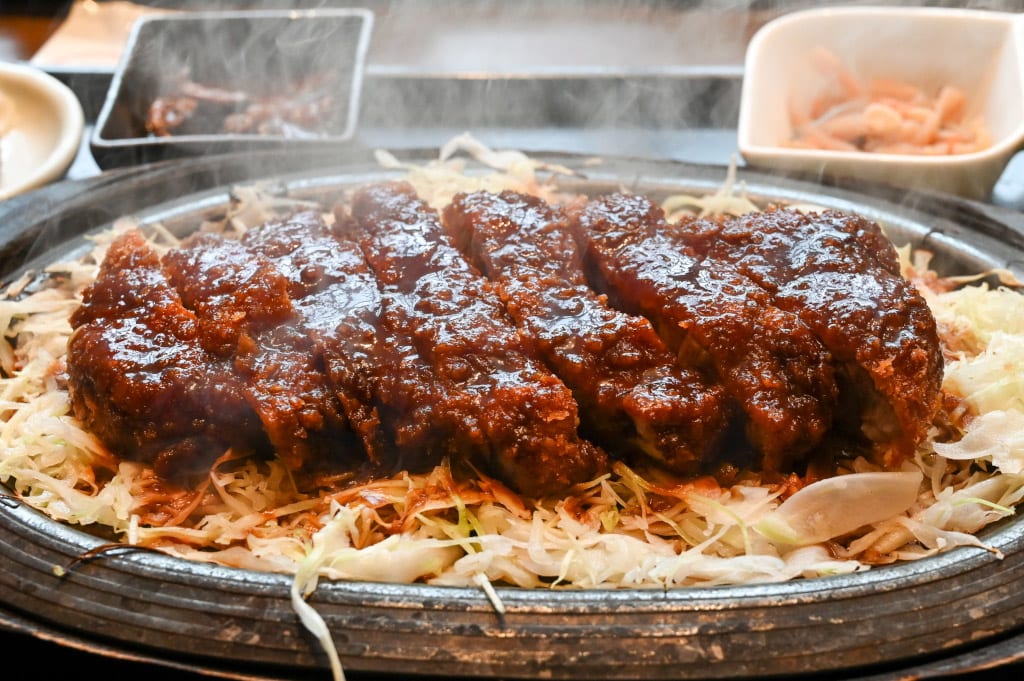
Nagoya's miso katsu takes the familiar deep-fried pork cutlet dish and enhances it with a covering of miso sauce | Photo: Elisabeth Llopis @ellpcreative
A deep-fried pork cutlet almost drowning in Miso sauce, served with cabbage, rice, and a Miso soup. This dish is popular especially as a lunch option at little family-run restaurants.
Miso Katsu is also served as a popular Nagoya street food in the form of Miso Kushi Katsu a Miso Katsu skewer.
Kishimen
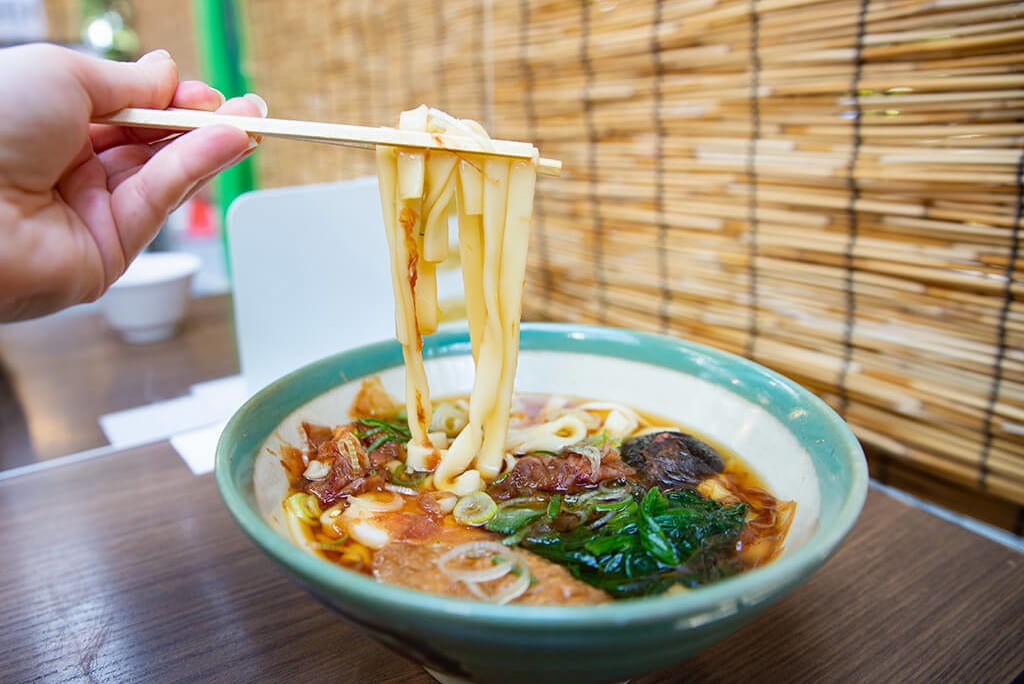
Kishimen uses a special kind of flat, broad udon noodle, here served as Miya Kishimen at Atsuta Jingu shrine | Photo: Elisabeth Llopis @ellpcreative
Kishimen is a special kind of Udon noodle, the typical Nagoya Udon, so to speak. Instead of round, or rather square, the shape of the typical thick and white Udon noodles, Kishimen in Nagoya are flat and broad. This gives the noodles a different consistency and it’s a whole new experience.
Kishimen is typically served hot in a broth made of Dashi, but you can find many variations as noodle soups as well as chilled noodle dishes.
SEE ALSO: 15 Must-Try Japanese Foods
Find The Best Things To Do In Nagoya
Explore and book the best things to do in Nagoya with Klook

Day Trips from Nagoya City
Inuyama - one of Japan's smallest original castles
Inuyama is home to one of Japan’s tiniest original castles.
Situated on top of a hill overlooking the Kiso River, Inuyama Castle is a great day trip from Nagoya. Because of its convenient location and unique activities, Inuyama is one of the most popular side trips from Nagoya.
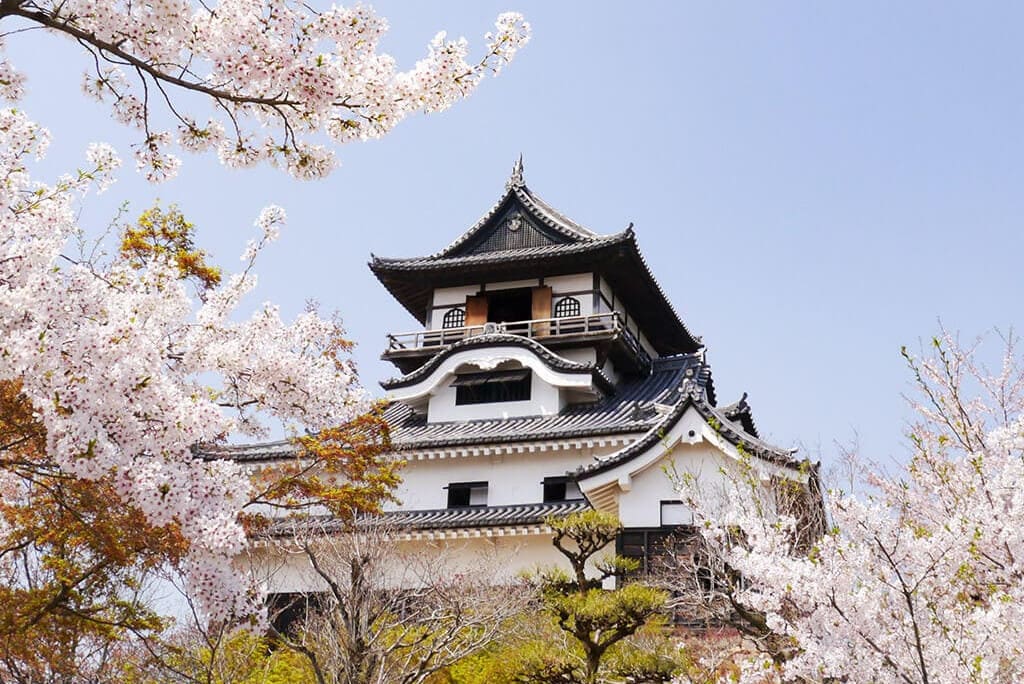
Modest in size, but long in history, Inuyama Castle is one of Japan's oldest castles | Photo: Elisabeth Llopis @ellpcreative
The street leading from Inuyama Station to Inuyama Castle is lined with traditional wooden houses. The perfect place for pictures and to try some delicious and also cute street food.
Nishio - for matcha lovers
If you love matcha, Nishio is the place to go in Japan.
The city has one of the highest production amounts in the country. On a day trip to Nishio from Nagoya, you can experience the whole production process, from the plant to the finished matcha tea.
Pick your own tea leaves, do a factory tour, grind tea leaves into powder, and whisk together your very own matcha tea which you can enjoy with a Japanese sweet.
Tokoname - famous historical pottery town
Tokoname is best known as the home of Central Japan International Airport. But it used to be a famous pottery town, the biggest producer of ceramics in the Edo Period (1608 – 1868) and one of the six big kiln towns of Japan.
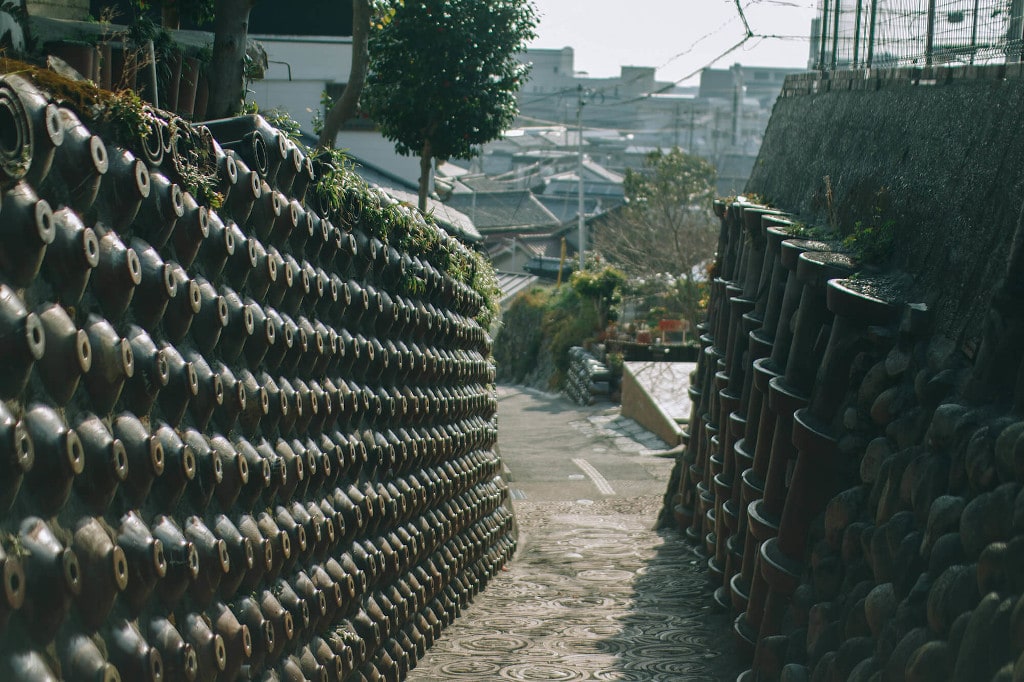
The historic streets of Tokoname are lined with examples of its famous pottery | Photo: Elisabeth Llopis @ellpcreative
Nowadays visitors can learn and admire this history on one of two Pottery Paths, walking trails leading through Tokoname.
While you are in town don’t forget to try your own hand on a little bit of pottery during a pottery class.
Historic Sanmachi District
A couple of hours north of Nagoya lies Hida Takayama, a traditional Japanese city with a well-preserved and attractive old town in the heart of the Japan Alps.
A little beyond that lies the idyllic and picturesque Shirakawa-go village with its steep thatched roof houses. Then, on the northern coastline, you'll find the cultural centre of Kanazawa, an attractive city overlooking the Sea of Japan.
You Might Also Like: An Expert Online Tour of Takayama's Merchant Quarter
How to Get to Nagoya
By Rail
From Tokyo, Kyoto, and Osaka the easiest way to get to Nagoya is via the Shinkansen bullet train. Local trains operated by Kintetsu connect Nagoya and the Kansai region where Kyoto and Osaka are located. Japan Railway (JR) trains can be used to travel to Nagoya from parts of the country such as Takayama in Gifu Prefecture and Matsumoto in Nagano Prefecture.
SEE ALSO: Tōkaidō Shinkansen Travelling Through Nagoya Station
By Air
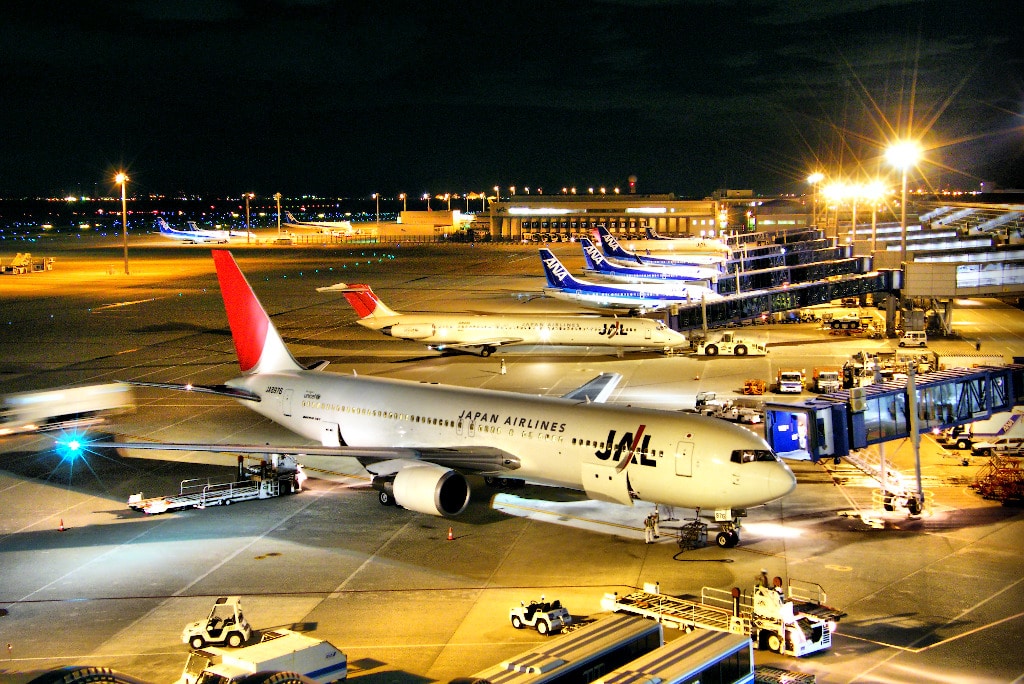
Chubu Centrair International Airport, Nagoya | Photo: Emran Kassim, CC BY-SA 3.0
Nagoya also has an international airport, the Central Japan International Airport, which is 30 minutes by Meitetsu train from the city. This airport can be used to fly from locations within the country such as Hokkaido or Sendai in the north, and Kyushu and Okinawa in the south.
By Car
If you rent a car in Japan, you will have no problem finding your way to Nagoya as it is connected to other big cities via paid highways. Be aware that the people of Nagoya are famous for their bad driving habits, and if you aren’t used to driving in big cities it can be a bit confusing at first when driving in Nagoya.
New to driving in Japan? Read this post: Driving In Japan Made Easy - A Beginner's Guide.
By Bus
Nagoya has a big bus terminal at Nagoya station which is connected to cities across Honshu. While highway buses aren’t the fastest way to travel to Nagoya, it is one of the most cost-efficient ways to get around. Use a website like 12GoAsia to check timetables and reserve seats on highways buses.
Where to stay in Nagoya
Nagoya offers a wide range of accommodation options to suit various budgets and preferences. The city center, particularly around Nagoya Station and Sakae, boasts numerous high-end and mid-range hotels, providing convenient access to transportation and major attractions.
For budget-conscious travelers, there are plenty of affordable business hotels and hostels scattered throughout the city. Many hotels in Nagoya blend modern amenities with traditional Japanese hospitality, often featuring both Western-style rooms and Japanese-style rooms with tatami mats.
It's advisable to book accommodations well in advance, especially during peak seasons or major events like the Nagoya Sumo Tournament.
Nagoya Hotel Recommendations
Nagoya Hotel Recommendations
I hope this introductory Nagoya city guide inspires you to add it to your next itinerary. If you have any questions or feedback, please leave a comment below...
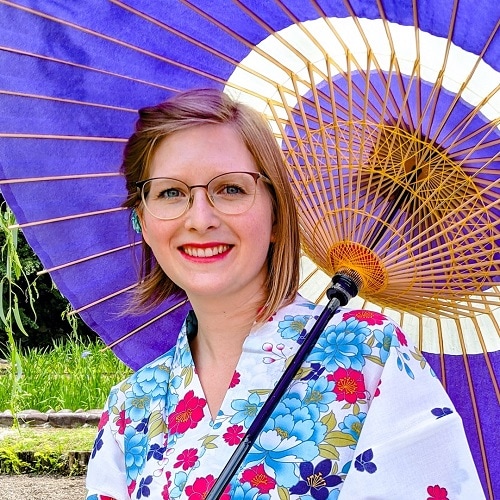
About the Author
In love with Japan and its amazing food, Lena Yamaguchi wants to share her passion with the world. Her goal is to make everyone interested in Nagoya, her adoptive home, online through her writing on Nagoya is not boring and offline through unique food tours.
Location Map: Nagoya City
Resources
Download a PDF of this Guide:
Visit Nagoya City Guide (Official Tourism Website)
Visit Nagoya-Nagoya City Guide
JNTO Nagoya Guide
The Best Things To Do In Nagoya
The Best Things To Do in Nagoya
Further Reading
Nagoya Sumo Tickets – Best Seats & Experiences
What To Eat In Nagoya: Top 5 Delicious Local Dishes
Feel the Spirit of the Samurai Sword in Kyoto
Reflections on The Mountains of Central Japan
Tōkaidō Shinkansen Travelling Through Nagoya Station
Top 10 Most Popular Activities in Japan
More Destination Ideas
My List of Recommended Japan Travel Resources
Recommended Japan Travel Resources
Prepare For Your Trip
If you enjoyed this article please share this image:

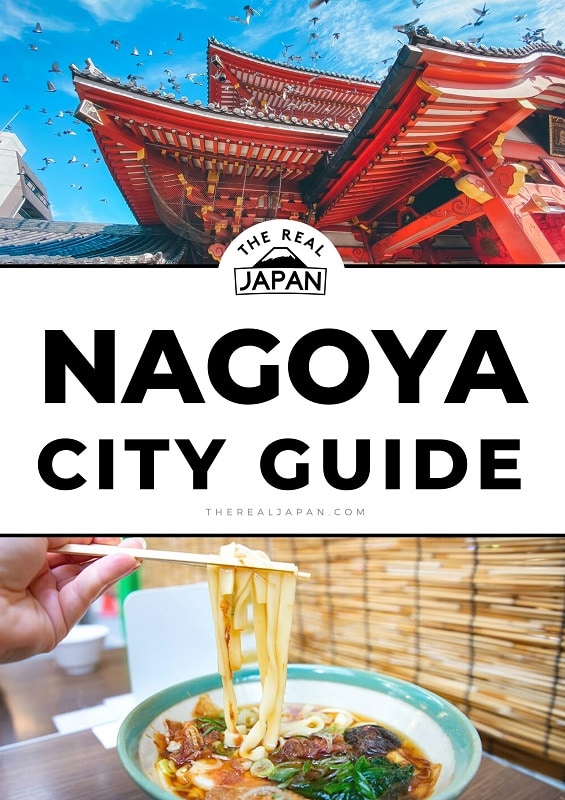

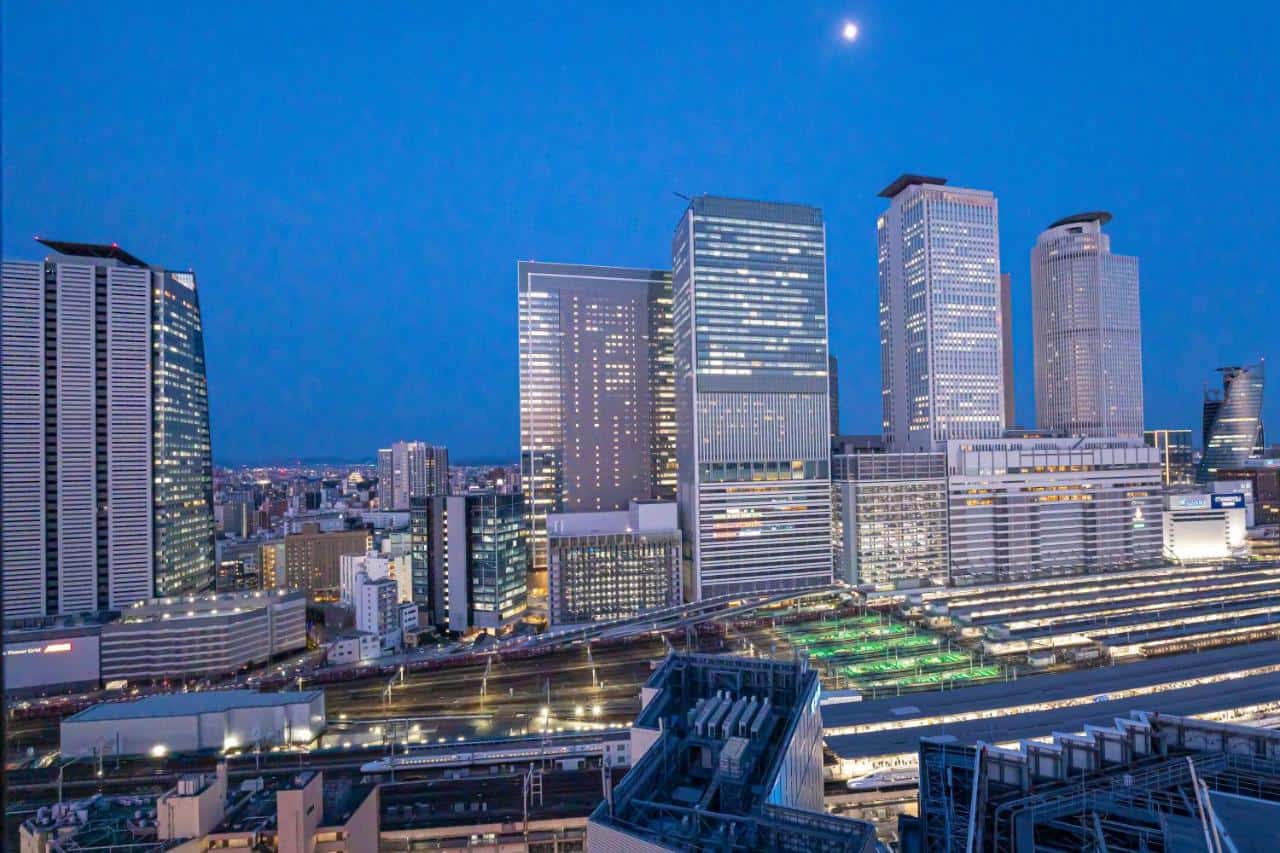
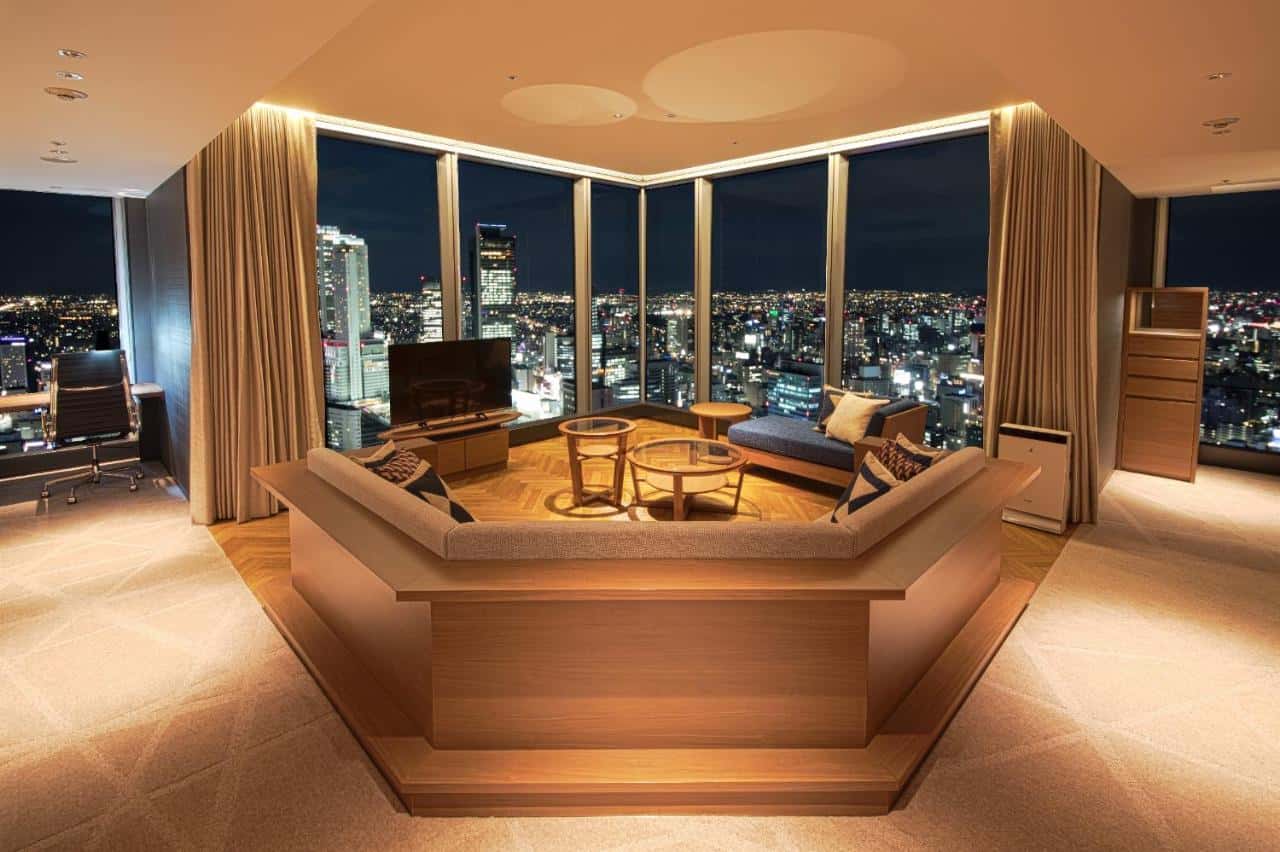
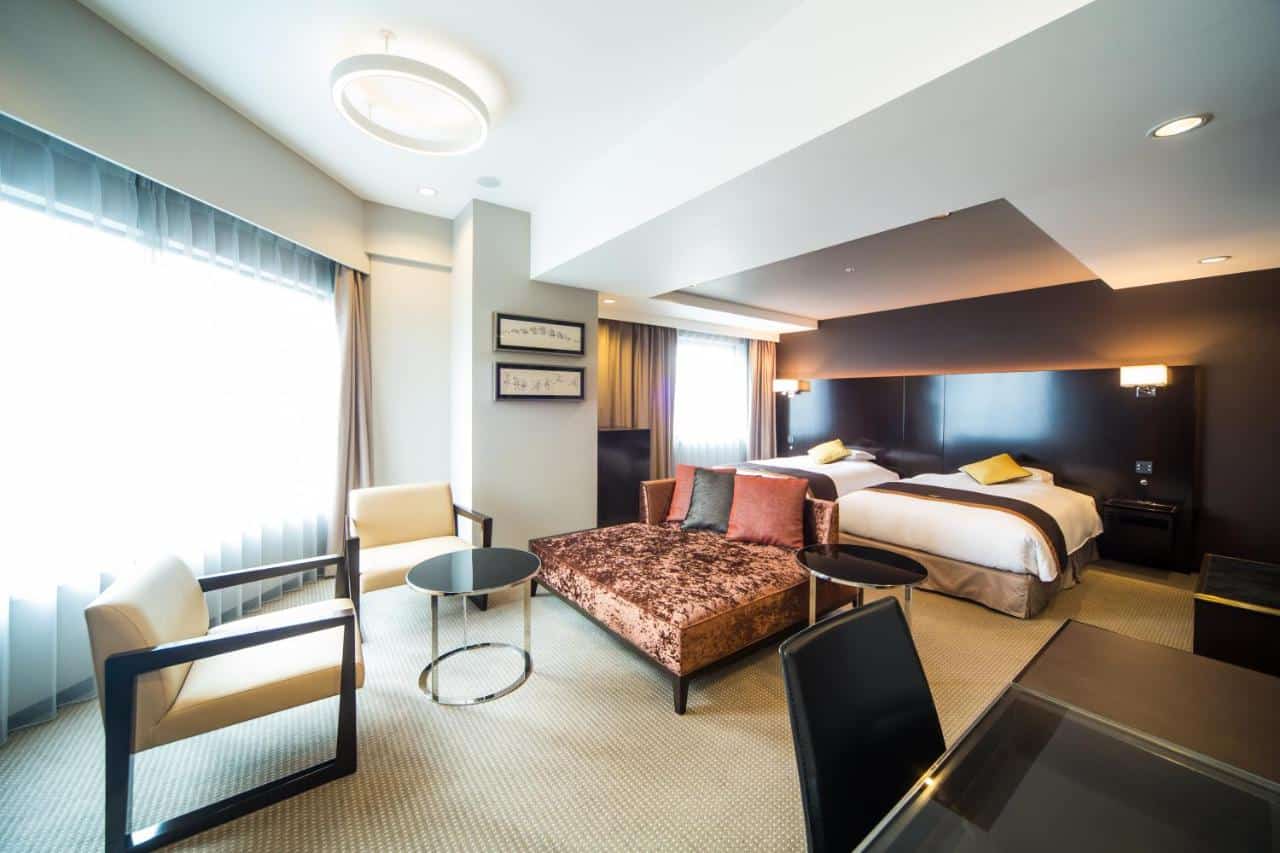
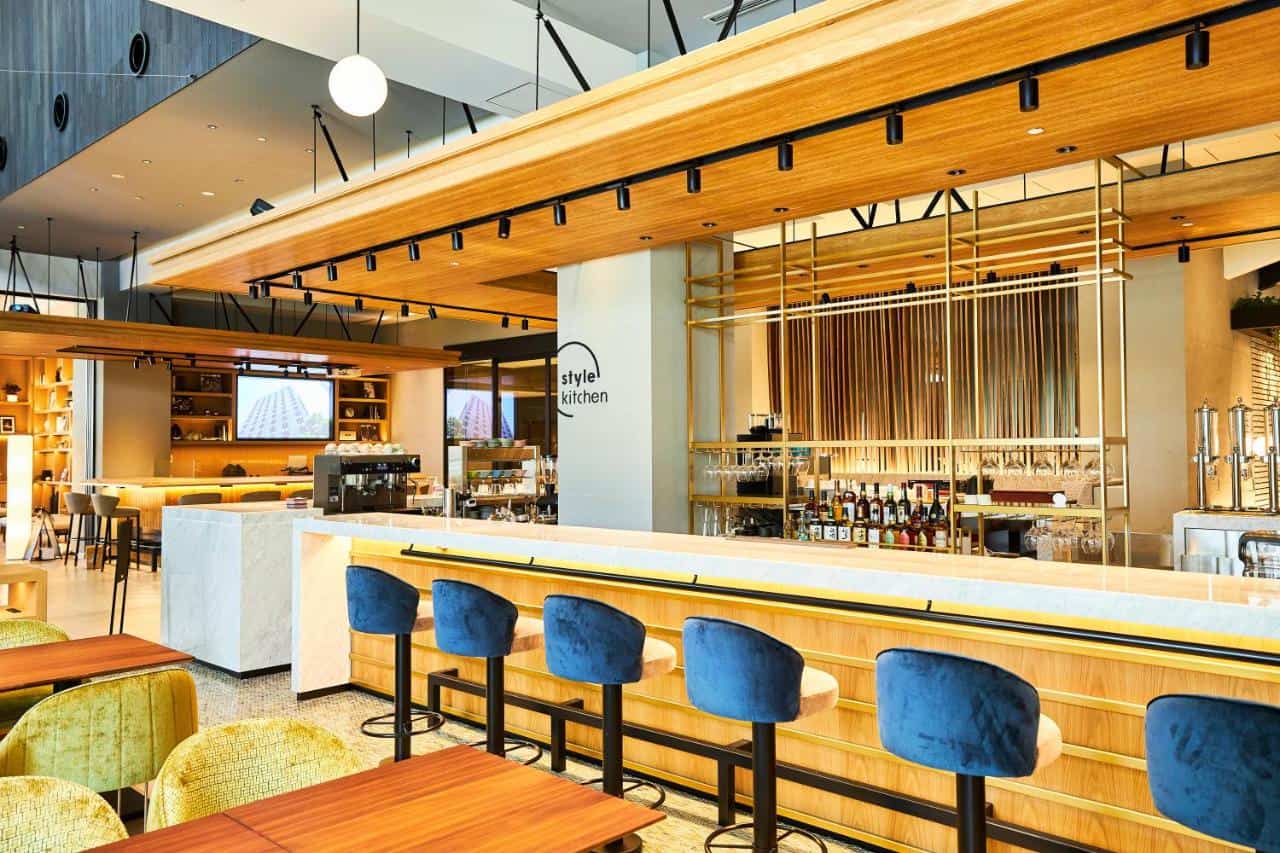
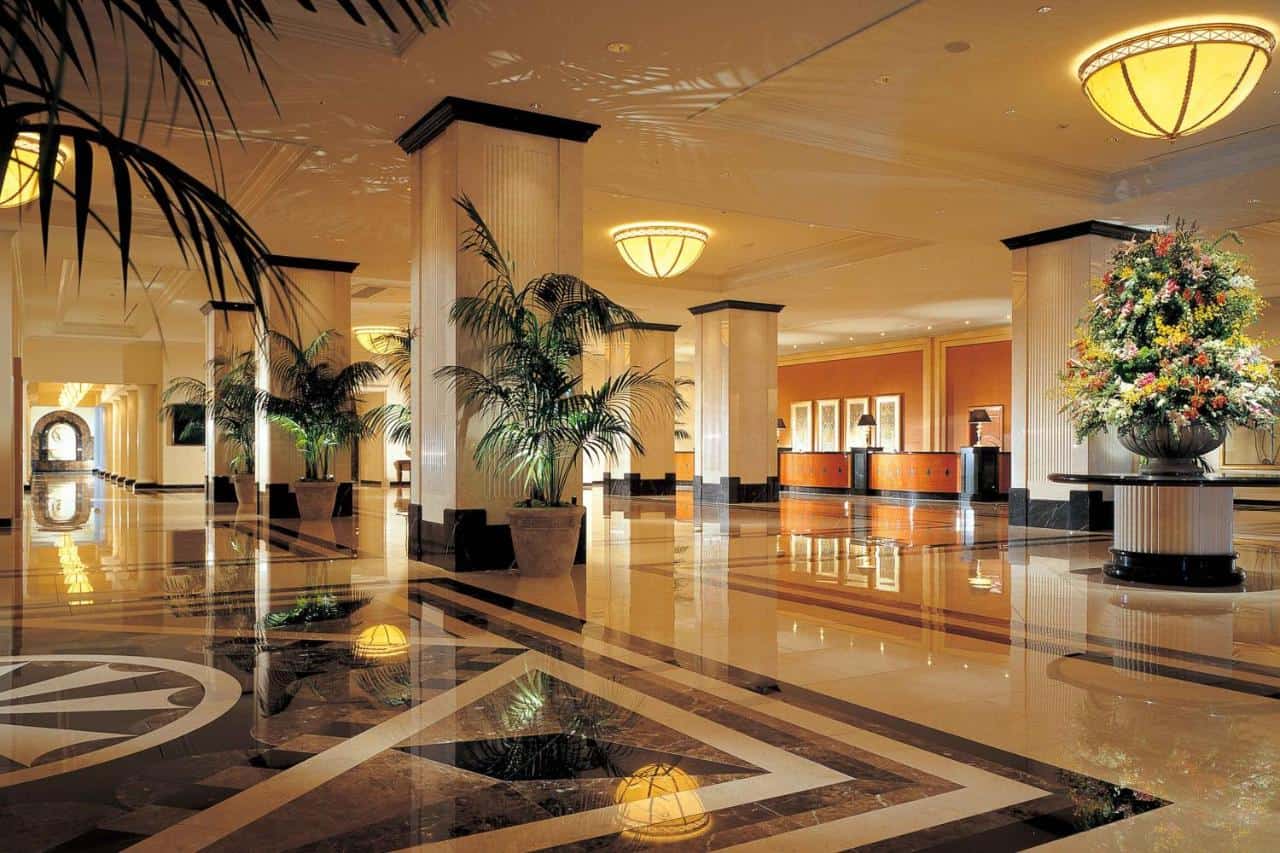
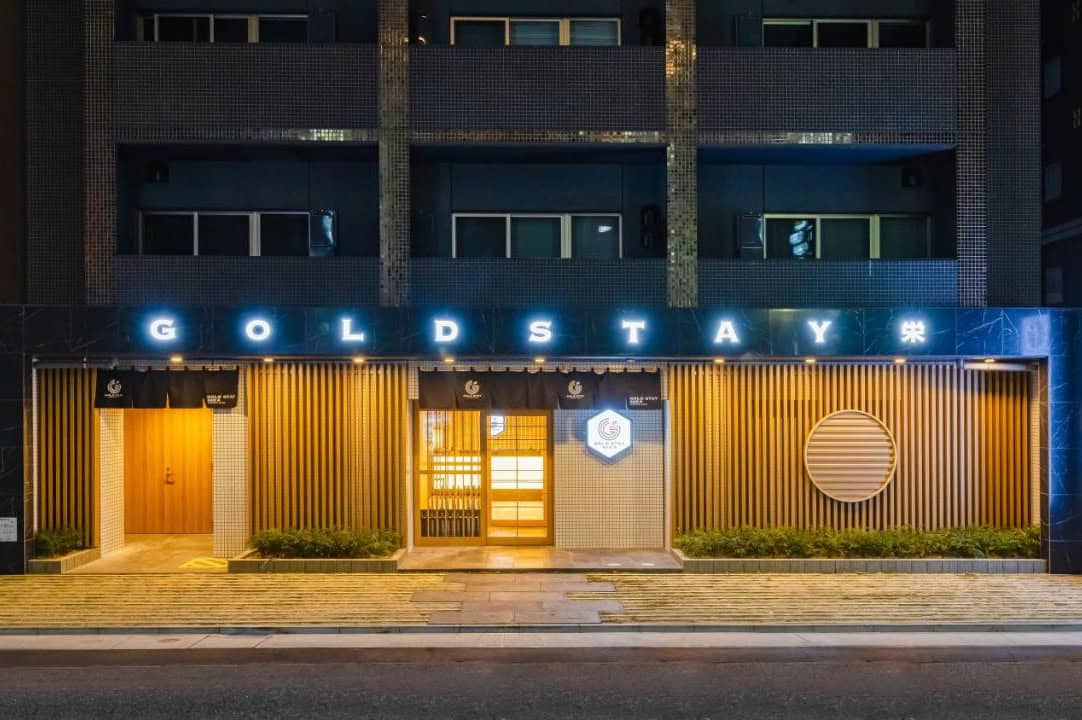
Hi Lena,
I love reading travel blogs, and yours are my favorite. Since Japan is one of the places I have been meaning to travel to, I just want to thank you for curating this article. I am so glad that I came across this article, otherwise, I would have missed Nagoya and all the events and festivals of the city. You added all the information about the city and it will be a helpful guide when I finally visit Japan. Thanks a lot for curating this guide, looking forward to checking more such articles from you.
Thanks for your praise for Lena’s post John. If Nagoya wasn’t on your radar before reading this then I think Lena has perfectly achieved her objective of raising the profile of this often overlooked city!
Hi, John thanks so much for reading and appreciating my work.
My mission is to get more people interested in Nagoya. It really is a fascinating city with a lot to offer.
For more of my work, I suggest you head over to Nagoya is not boring: nagoyaisnotboring.com
But be sure to also read your way through The Real Japan blog, where you will find many great articles about off-beat travel in Japan.